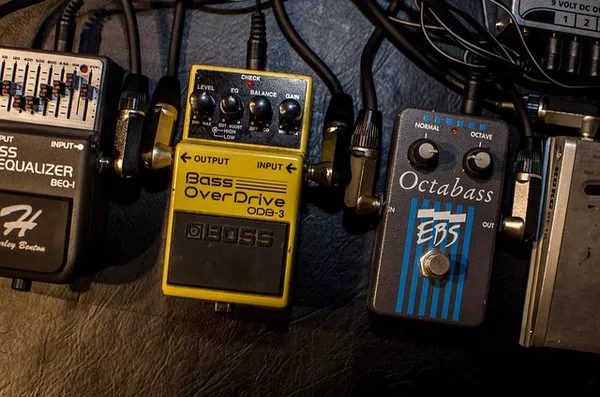Central air conditioning systems are a modern marvel that keeps our indoor environments comfortable even during the hottest of days. While we enjoy the cool air that circulates through our homes, it’s easy to overlook the intricate machinery responsible for this comfort. At the core of every central air conditioner lies the compressor, a vital component that plays a pivotal role in the cooling process. In this article, we delve into the world of central air conditioning to explore the location and significance of the compressor, shedding light on its role in keeping us cool and comfortable.
Understanding the Central Air Conditioning System
Before we delve into the location of the compressor, let’s take a moment to understand how a central air conditioning system functions:
Indoor Unit (Air Handler): This component is typically located within the home and contains the evaporator coil, which is responsible for cooling the air.
Outdoor Unit (Condenser Unit): The outdoor unit houses the compressor, condenser coil, and a fan. It plays a crucial role in expelling heat from the indoor air.
Ductwork: Ducts carry cooled air from the indoor unit to different rooms and return warm air back to the indoor unit for cooling.
Thermostat: The thermostat is the control center that allows you to set and adjust the desired temperature.
The Significance of the Compressor
The compressor is often referred to as the “heart” of the air conditioning system, as it performs the essential task of circulating the refrigerant through the system. This refrigerant absorbs heat from indoor air, cools it down, and then releases the heat outdoors. The compressor’s role is crucial in maintaining the temperature differential required for effective cooling.
The Location of the Compressor
The compressor, being a critical component of the air conditioning system, is strategically located in the outdoor unit (condenser unit). Here’s why this location is chosen and what you can expect to find there:
Efficient Heat Exchange:
The primary reason for placing the compressor outdoors is to facilitate efficient heat exchange. The compressor works by pressurizing the low-pressure, low-temperature refrigerant gas that comes from the evaporator coil. This compression raises the refrigerant’s temperature and pressure, transforming it into a high-pressure, high-temperature gas. Placing the compressor outdoors allows the heat generated during this compression process to be expelled into the outdoor air, ensuring that the indoor air remains cool.
Noise Considerations:
Compressors can generate noise during their operation, especially as they work to pressurize and circulate refrigerant. Placing the compressor outside minimizes indoor noise levels and prevents any disturbances that could affect occupants’ comfort.
Safety and Aesthetics:
The outdoor unit provides a safe and contained environment for the compressor. Additionally, the design of modern outdoor units takes aesthetics into account, ensuring that the unit blends well with the external appearance of the building.
The Components Within the Outdoor Unit
The outdoor unit is home to several components, each playing a specific role in the air conditioning process:
Compressor: The heart of the system, the compressor, initiates the refrigerant’s journey through the air conditioning cycle.
Condenser Coil: This coil helps release the heat absorbed from the indoor air by allowing the high-pressure refrigerant gas to release heat and condense into a high-pressure liquid.
Fan: The fan located in the outdoor unit assists in expelling heat from the system. It helps cool down the hot refrigerant gas, allowing it to condense into a liquid state.
Reversing Valve (for Heat Pumps): In heat pump systems, a reversing valve within the outdoor unit enables the system to reverse its operation, extracting heat from the outdoor air and transferring it indoors during colder months for heating purposes.
Maintenance and Care
Given the compressor’s crucial role in the air conditioning system, proper maintenance and care are essential to ensure optimal performance and longevity. Here are some key points to consider:
Regular Cleaning: Keep the outdoor unit clear of debris, leaves, and any obstructions that could impede proper airflow. Adequate airflow is essential for efficient heat exchange.
Professional Inspections: Schedule regular maintenance with a professional HVAC technician. They can inspect the outdoor unit, including the compressor, to identify any potential issues and address them before they escalate.
Protection from Elements: While the outdoor unit is designed to withstand various weather conditions, providing a protective cover during harsh winters or extreme weather events can help extend its lifespan.
Noise Considerations: If noise from the compressor or the outdoor unit becomes a concern, consider installing sound barriers or screens to minimize the noise impact.
Conclusion
The compressor, often dubbed the heart of the central air conditioning system, plays a crucial role in keeping our indoor spaces cool and comfortable. By understanding its location within the outdoor unit, we gain insights into the system’s design and the reasoning behind its placement. As we continue to rely on the convenience of central air conditioning, recognizing the significance of components like the compressor helps us appreciate the engineering that goes into creating a comfortable living environment while also highlighting the importance of proper maintenance to ensure its longevity and efficiency.


